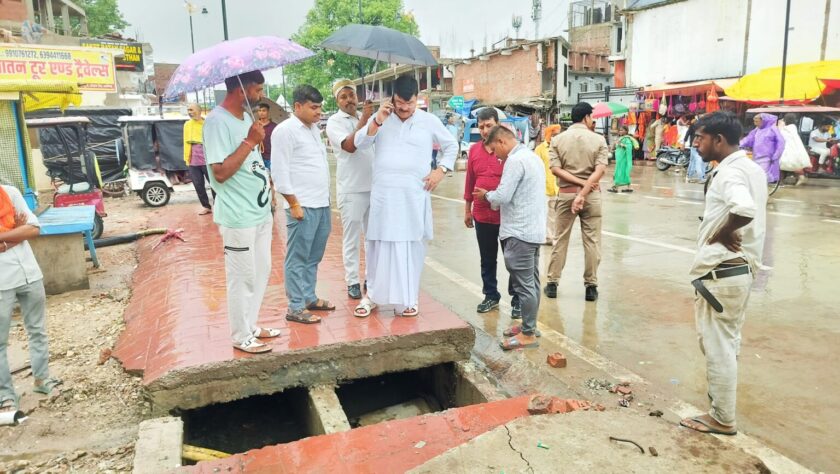- Three Turtle Conservation Centres Established in Kukrail, Sarnath, and Chambal
- 30-km Long Turtle Sanctuary Set Up Near Prayagraj in 2020
- Uttar Pradesh Hosts 15 of India’s 30 Turtle Species
- Turtles Seized Across India Being Rehabilitated in UP
Lucknow– Under the leadership of Chief Minister Yogi Adityanath, known for his deep concern for wildlife, the Uttar Pradesh government has taken remarkable steps in the conservation of turtles. On the week of World Turtle Day, celebrated globally on May 23 since 2000, UP has emerged as a key player in both the rehabilitation and protection of endangered turtle species.
As part of its ambitious conservation mission, turtles rescued from illegal trade in various Indian states are now being brought to UP for protection. The state has established three major Turtle Conservation Centres in Kukrail (Lucknow), Sarnath (Varanasi), and Chambal (Etawah). Additionally, a large Turtle Sanctuary spanning 30 kilometers near Prayagraj was established in 2020 under the Namami Gange initiative.
A Crucial Role in the Ecosystem
Turtles are among the oldest surviving species on Earth, known for their longevity and significant ecological roles. They are considered natural water purifiers, maintaining the health of aquatic ecosystems such as rivers, lakes, and ponds. Several native species like the Katahwa, Morpankhi, Saal, and Sundari turtles help keep water bodies clean, playing a vital role in pollution control.

Turtles also hold immense cultural and spiritual value in Indian tradition, being revered in the form of Kurma Avatar—the tortoise incarnation of Lord Vishnu.
Fighting Illegal Trade, One Turtle at a Time
The Uttar Pradesh Forest and Wildlife Department has made consistent efforts to curb illegal trafficking of turtles. By actively collaborating with other states, turtles confiscated from smugglers have been safely transported back to UP for rehabilitation and release. These measures are reinforced by robust operations at the state’s three turtle conservation centres.

Prayagraj’s 30-Kilometre Turtle Sanctuary
The Turtle Sanctuary near Prayagraj, set up in 2020, stretches across three districts: from **Kothari Meja in Prayagraj to parts of Mirzapur and Bhadohi. The sanctuary not only provides a safe habitat for various turtle species but also raises awareness among local communities and visitors.
Speaking about the sanctuary, DFO Prayagraj Arvind Yadav said, “This 30-km stretch is a vital component in our conservation strategy under the Namami Gange project, ensuring both habitat protection and public awareness.”
Home to Half of India’s Turtle Species
India is home to 30 species of turtles, out of which 15 are found in Uttar Pradesh. These include rare and ecologically important species such as:
-
Brahmani Turtle
-
Pachhera & Kori Pachhera
-
Kaleetoh & Kala Turtle

-
Haldi-Bath Turtle
-
Tilakdhari & Dhor Turtle
-
Bhutkatha & Pahadi Trikutki Turtle
-
Sundari, Morpankhi, and Katahwa Litharhwa
-
Syontar Fighter & Parvati Turtle
The rich biodiversity makes UP one of the most significant regions for turtle conservation in the country.
Government’s Commitment
Speaking on the state’s conservation efforts, Anuradha Vemuri, Principal Chief Conservator of Forests (Wildlife), Uttar Pradesh, said:
“Under the guidance of the state government, the Forest and Wildlife Department is actively working on turtle conservation. Besides operating three dedicated centres, we have also cracked down on the illegal turtle trade. Turtles rescued from across the country are being brought here and rehabilitated successfully.”
The Road Ahead
With growing awareness, improved habitat protection, and strong policy implementation, Uttar Pradesh has emerged as a national leader in turtle conservation. The Yogi Government’s focus on scientific rehabilitation and ecological balance reflects a long-term commitment to sustainable wildlife protection.
As the world marks World Turtle Day, Uttar Pradesh’s model stands as a testament to how conservation, culture, and science can work together to protect one of nature’s most ancient creatures.





